It’s official: the biggest food holiday of the year is upon us. And if you’re anything like us, you take Thanksgiving menu planning very seriously. You need to cover all of your bases and include all of the classic sides we know and love. You need to make sure that the turkey reaches the right internal temperature. And, most importantly, you need to cook the right amount of food.
As far as Thanksgiving is concerned, the “right amount” of food will mean you’re left with plenty of leftovers. How else are you going to make a post-holiday sandwich? You can also refer to our collection of inventive leftover transformations (potato skins, anyone?) or just keep things simple with an encore of the classic Turkey Day spread.
However, reheating leftovers can be a delicate dance. Simply throwing it all in the microwave and hoping for the best can destroy an otherwise delicious plate of food. And that’s especially true when it comes to mashed potatoes.
More From Delish
When improperly reheated, mashed potatoes can end up painfully hot on the outside and freezing cold in the center. And it’s usually unpleasantly dry and requires an Olympic-sized pool of gravy to save it.
But it doesn’t have to be this way. You can warm up mashed potatoes and have it taste just as good as it was on Thanksgiving day. Here are the best methods to restore your mash to its former glory.
Stovetop Method
If you don’t have a microwave or you’re dealing with a large amount of mashed potatoes, reheating your spuds on the stove is a great technique. But if you’re not careful, the natural starches can stick to the bottom and scorch, leaving you with an unpleasant bitter flavor. When it comes to warming up mashed potatoes, slow and steady wins the race.
The vessel you choose is also important. A wider pot has a larger surface area than a small one, which means more of your potato will have direct exposure to heat and it’ll be ready to eat sooner. But no matter what you’re using, make sure that you can cover it with a lid—this prevents your mashed potatoes from drying out.
Another essential technique to incorporate moisture is to simply add more liquid. That can be as easy as adding a splash of water, but ideally you should be adding more dairy for some added richness. You can incorporate more milk, heavy cream, or even sour cream to loosen up the cold potatoes. Butter is an optional (but highly recommended) addition.
Once you add your potatoes and the extra liquid to the pot, cover and cook on the stove over low heat. You will occasionally need to give them a stir and maybe even add more liquid if needed, until your spuds reach the ideal temperature.
Microwave Method
You may be inclined to load up a plate with all of the Thanksgiving fixings and pop it in the microwave. It certainly requires the least amount of effort, but whatever you do, steer clear from this method! Not only will you destroy the integrity of your mashed potatoes, but you’ll also ruin everything else on your plate too. The best way to reheat mashed potatoes is to give them individual time and attention.
In a microwave-safe bowl, add your mashed potatoes along with a splash of milk, cream, or broth and a pat of butter. Cover the whole thing, place it in the microwave, and cook at half power for 45 seconds to a minute, depending on how much you’re reheating. Then, you’ll want to stir the potatoes so the heat is evenly distributed. Repeat the microwaving process, adding more liquid as necessary, until your potatoes reach your desired temperature.



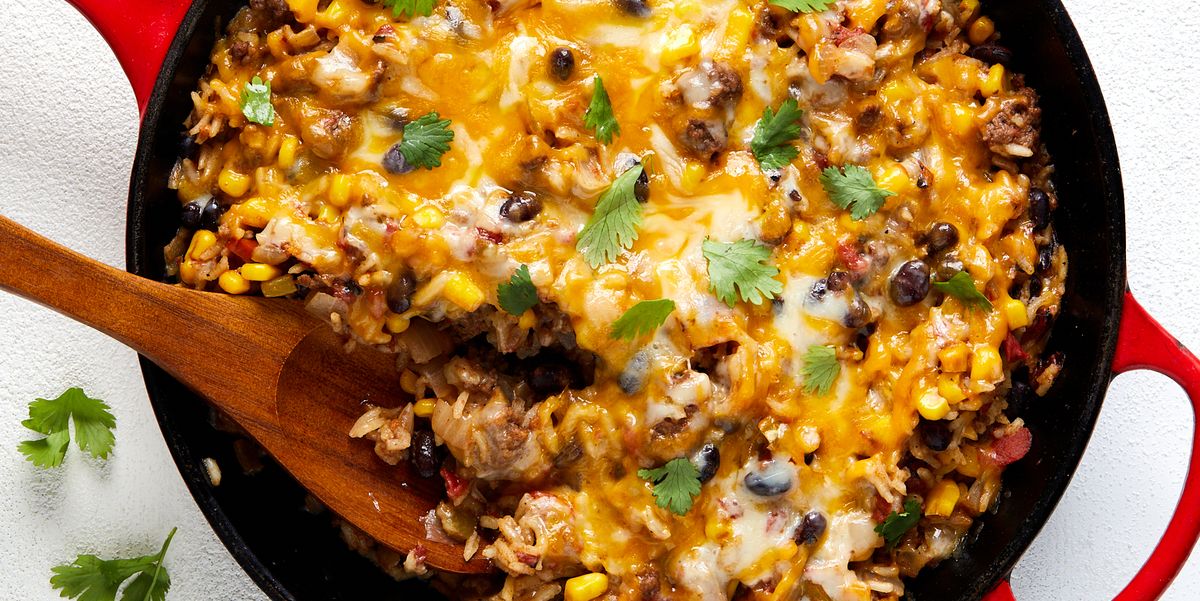
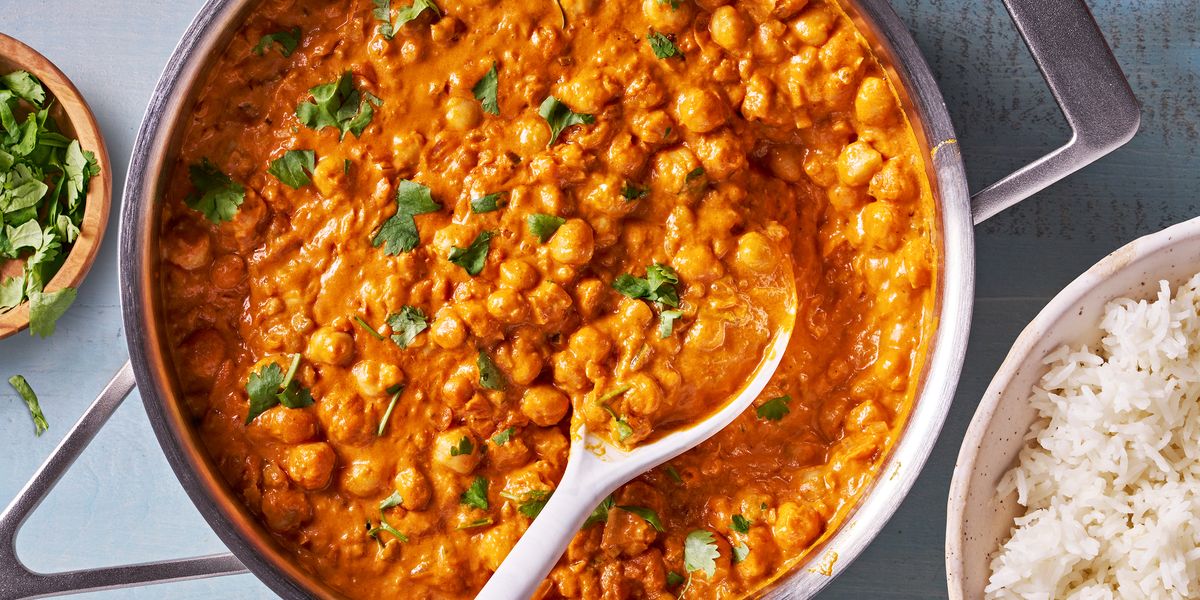


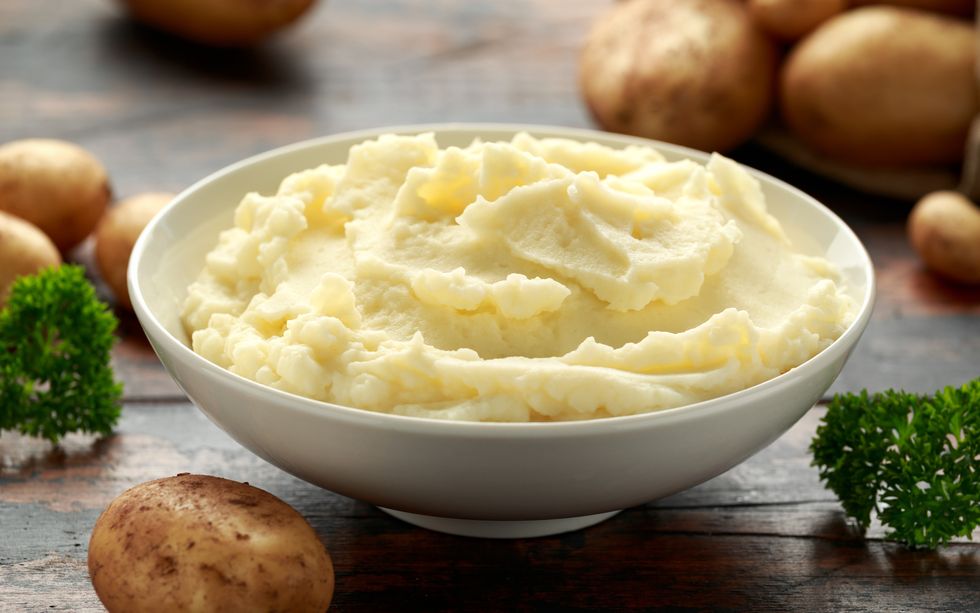




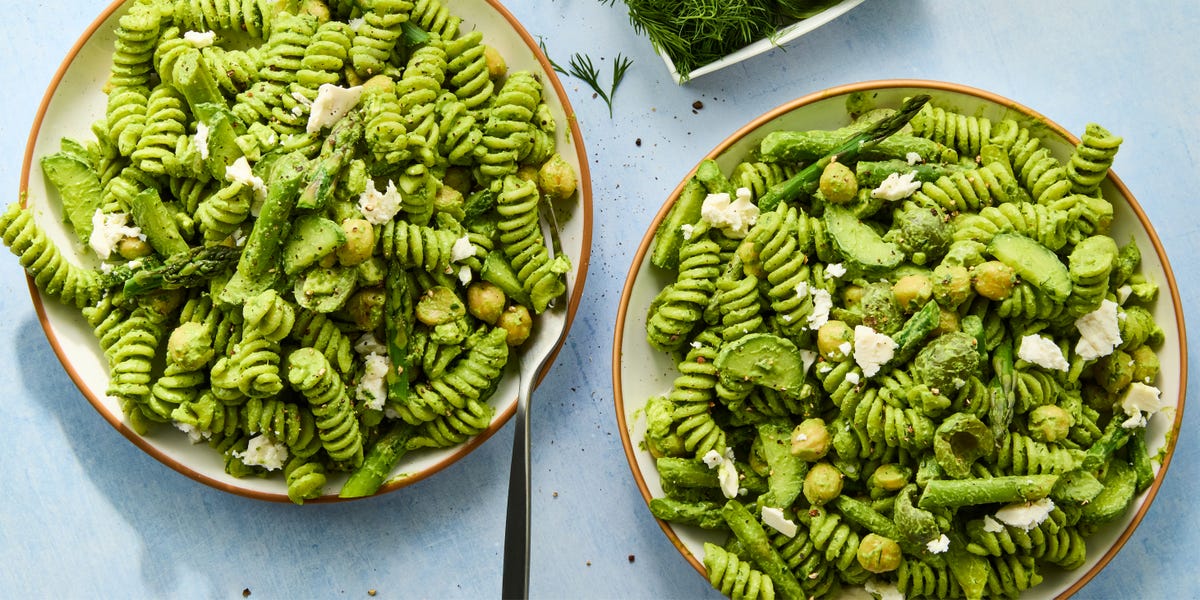


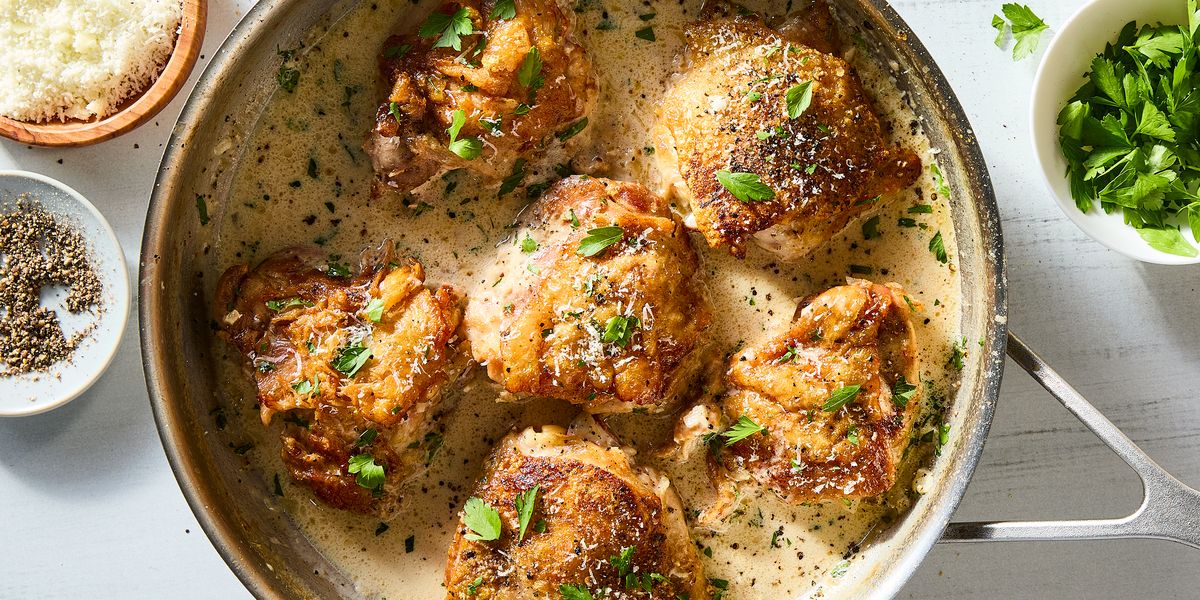

Leave a Reply